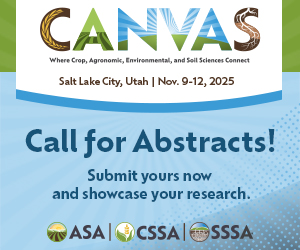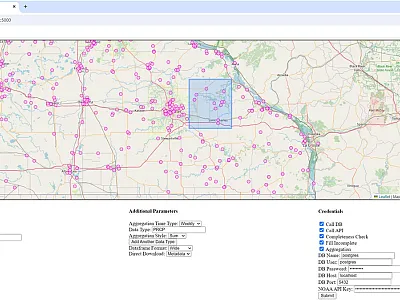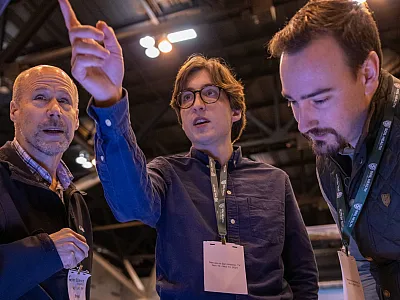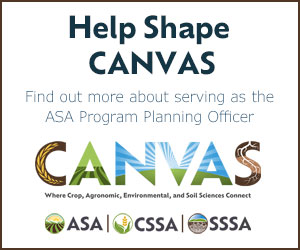What did the Pandemic Teach Us About Teaching?
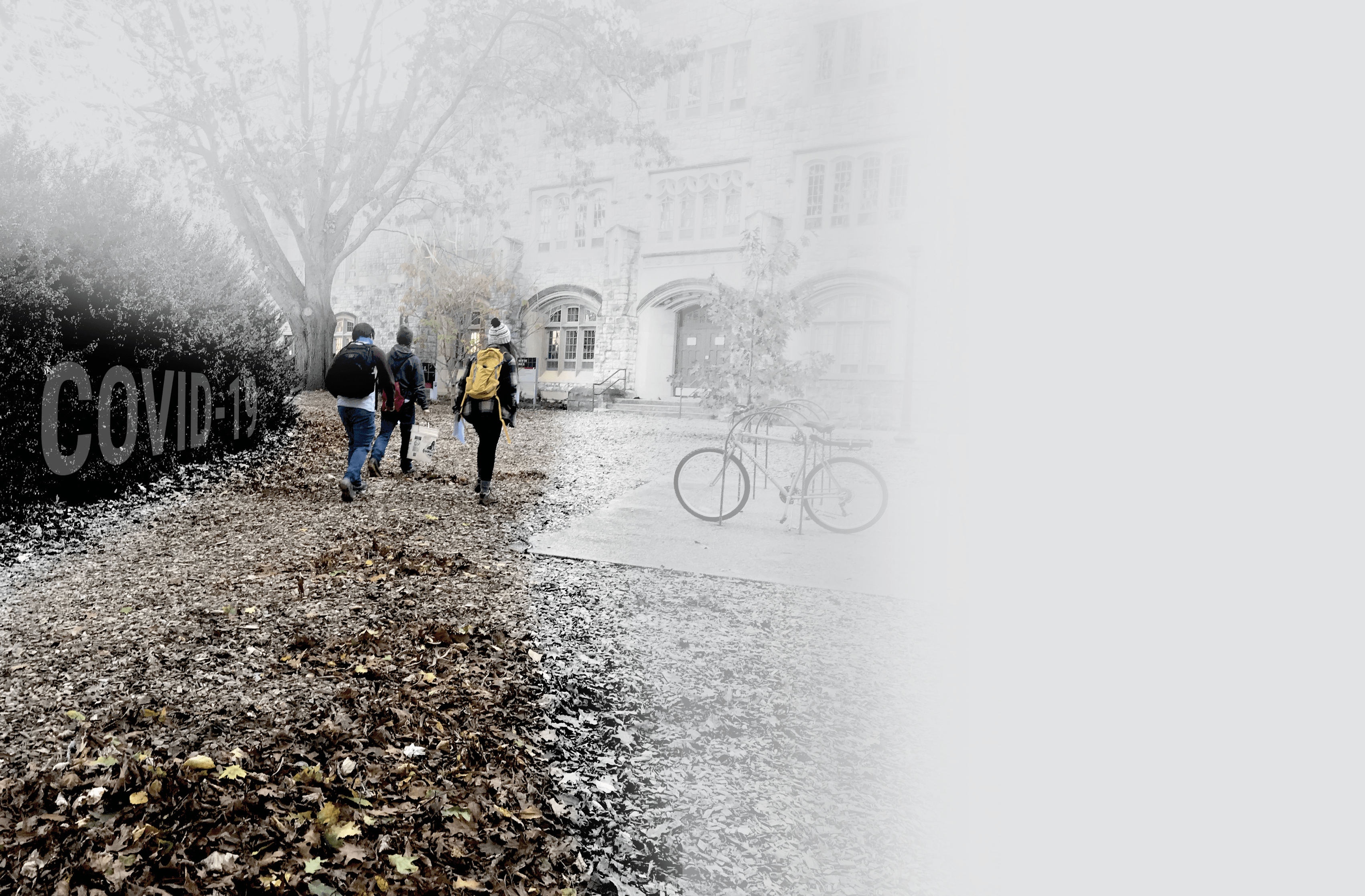
Four years on from the start of COVID‐19 lockdowns in North America, soil science educators reflect on how the pandemic changed teaching natural sciences at the post‐secondary level. A recent virtual issue of Natural Sciences Education, following up from one in 2021, investigates what pandemic‐era changes educators are keeping in their labs and lecture halls.
When you ask University of British Columbia (UBC) associate professor Maja Krzic to reflect on March 2020, she says, “I don’t want to go there again,” with a laugh. Despite a solid foundation to build from thanks to UBC’s history with distance learning (“Believe it or not, UBC actually offered a distance education courses back in the 1980s,” Krzic says), she had to quickly move her spring 2020 Introduction to Soil Science course online and administer a scheduled midterm within a week of the university cancelling in‐person learning. Though she made it work, it was a stressful time.
This month marks four years since March 2020, when pandemic lockdowns closed university and college doors and sent educators scrambling for quick solutions to bring lectures, discussions, and lab courses to students virtually. A 2021 virtual issue of Natural Sciences Education (NSE) documented early insights gleaned from these rapid adaptations (https://bit.ly/38Tx3zM). As the pandemic stretched on, instructors developed and tested new strategies to adapt to the new normal—some which they’ve kept in place today.
A follow‐up virtual issue of NSE seeks to explore these lasting changes (https://bit.ly/4919Pon). Articles published in this collection address questions such as “What have instructors adopted in their courses now that the pandemic is behind us? What worked? What didn’t work?” says Krzic, the Editor of NSE and an SSSA Fellow.
Here, we chat with Krzic and three other authors of articles in the issue about how they adapted their science classes for online and remote education and which changes they’ve kept now that they have students back in their classrooms, labs, and lecture halls.

Question Banks Make Online Exams a Breeze
“One good outcome of the pandemic and being forced to teach online was a development of the online question banks,” Krzic says. “We were considering the idea,” of creating online question banks for our large Introduction to Soil Science course, Krzic says, and “the pandemic really pushed us into organizing that.”
A question bank is an online collection of questions that can be grouped by type, topic, and level of difficulty for use in creating assessments and exams. The strategy randomizes questions to reduce the risk of misconduct and may help save time by automating marking of quiz‐style questions and expediting the setup of practice exams, especially in large classes.
“In an online exam, students would get different questions, but of the same type and the same level of difficulty,” Krzic says. “They cannot copy answers from one another even if they are sitting next to each other.”
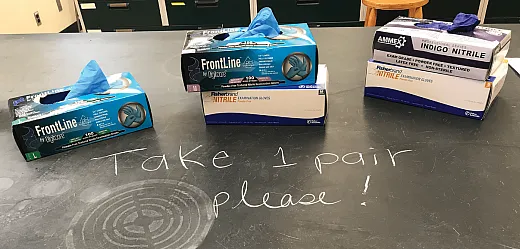
Krzic and fellow UBC associate professor Sandra Brown explored the efficacy of question banks in their article for the special issue, “Question Banks for Effective Online Assessments in Introductory Science Courses” (https://doi.org/10.1002/nse2.20091). After the early rush online in spring 2020, Krzic and Brown created an initial version of the online question bank and continued to refine and use it since then. Students’ performance on final exams made with question banks has been on par with previous years says Krzic, who keeps a running list of grade averages for each class she’s taught since 2001.
As late as the spring 2023 semester, the course’s exams were still online. While Krzic had hoped to use the question banks going forward, other rapid changes are forcing her to rethink the course in 2024. “Because of the onset of AI chatbots such as ChatGPT and Bard, I don’t see how I can continue with online exams,” Krzic says. “In courses such as our Introduction to Soil Science, it is essential that students learn basic soil science concepts. Testing their knowledge by including questions that ChatGPT can answer in a matter of seconds during an online exam is not the way to go, and we will have to go back to the in‐person exams.” But the question banks will still be helpful when creating in‐person exams, self‐study quizzes, and assignments, Krzic says.
Flexible Labs Are Possible With Self‐Guided Learning
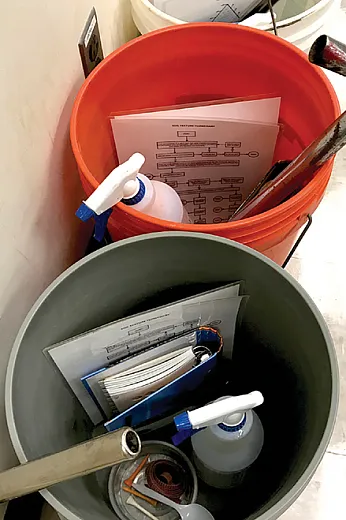
Though they’ve been back in‐person for several terms, Bethany Wolters’ classes also see lasting changes from the pandemic. After adapting their introductory soil science courses for distance learning during COVID, Wolters and her colleagues now can have students complete laboratories on their own if instructors are ever away from campus. In the “before times,” if she was at the ASA, CSSA, and SSSA Annual Meeting, for example, “we just didn’t have a soil lab” that week. This past fall, though instructors traveled to the Meeting and several other events, “we kept going because from the pandemic, about half our labs we can do online,” says Wolters, an associate professor at the University of Tennessee Martin (UTM).
In “Student Perception and Performance With Self‐Guided Learning in Soil Science Laboratory Courses” (https://doi.org/10.1002/nse2.20120) Wolters, an ASA and SSSA member, and her co‐authors evaluated the successes of the self‐guided learning labs they implemented in their soil science courses. In self‐guided learning labs, “the students are interacting with something outside of the classroom in a very hands‐on way,” says co‐author Hannah Angel, who did the research as a graduate teaching assistant (TA) at Virginia Tech. “We wanted students to get out and interact with soils on the natural landscape,” says Angel, who is currently an academic coordinator for the University of Kentucky’s (UK) Natural Resources & Environmental Science program.
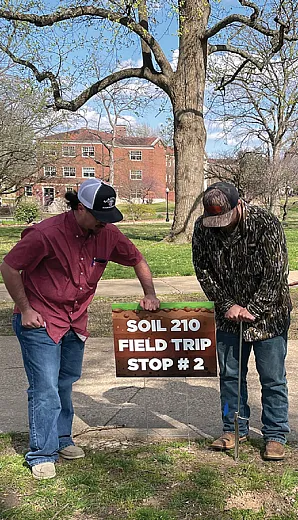
Those instructional interactions included students comparing soil from urban and forest sites and using a soil push‐probe in Angel’s course at VT, and measuring soil pH, texture, and other soil properties at an assigned site in Wolters’ course at UTM. Students completed pre‐lab online instructions, signed up for a time slot to pick up equipment and instructions, retrieved relevant equipment from a TA, and then completed the activities alone or in socially distanced pairs.
At the end of the courses, the researchers surveyed the students about their experience. They received mostly positive feedback, Wolters says. “Students were like, ‘I feel so empowered and able to learn because I had to go out and do it for myself.’ They were much more confident in learning, which was nice to see,” she reflects. The students also responded positively to learning outdoors and being able to pick their own time to complete the lab.
Though she is no longer a TA in the course at Virginia Tech, Angel uses these insights as the instructor of an introductory environmental science course at UK. “I’ve incorporated self‐guided special projects that students can choose from,” she says. “They can go out into the community, based on what they’re interested in, and observe something in the urban or natural environment, do a self‐guided site visit, and then do a little bit of research on that and present it to the class. It’s a way for them to get out, observe various natural resource management issues, and build upon the concepts that we learn in the classroom,” she explains.
Self‐guided labs shouldn’t replace in‐person ones where students interact with their peers and instructors but can be used as an alternative format when students or instructors need more flexibility, the authors advise in the paper. But in the cases where it is appropriate, “we learned through this whole experience to just keep it as simple as possible,” Angel says, having the students practice previously learned skills and concepts rather than learning new ones in the self‐guided lab.
What Worked, What Didn’t, and What’s Next
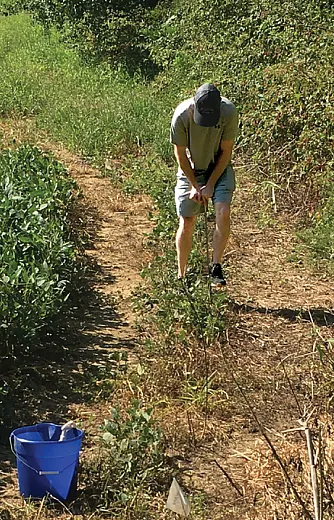
What didn’t work in pandemic teaching? For one, asynchronous learning, according to the authors of “Benefits and Challenges of Online Teaching: Lessons and Perspectives Gained During the COVID‐19 Pandemic” (https://doi.org/10.1002/nse2.20114). If asynchronous virtual content didn’t contribute to the course grade, students rarely engaged with it, says first author Briana Wyatt, an assistant professor at Texas A&M University (TAMU) and an ASA and SSSA member. She taught soil physics courses throughout the pandemic, first at Oklahoma State University and then at TAMU, and also found it unmanageable to offer students a choice of course delivery method for labs once in‐person education resumed.
Even post‐pandemic, engaging students in discussion has been difficult, says Wyatt. “I went through a semester of just pulling teeth to get people to talk in these discussion groups,” she says. Now, she encourages participation with small rewards. “Anytime a student would answer a question, give a comment, or ask a question, they would get a Jolly Rancher,” she says.
Wyatt and her co‐authors recommend that in addition to avoiding asynchronous course formats, instructors try to provide in‐person lab components like take‐home kits for virtual courses. Soil science is a particularly tricky subject to teach solely through a computer screen, the researchers all say. “I can show you a video of texturing soil by hand,” Wolters says. “But if you come into the lab … I can say, ‘Do you see how this one has more clay than that one,’ and we can both touch the same soil, and you can get that experience,” Wolters says. That part is hard to do through a Zoom call.
Echoes Wyatt: “You can learn a lot virtually and online. But there really isn’t yet a substitute for actually going to the field and touching things.”
DIG DEEPER
Research featured in this article is from the recent Natural Sciences Education virtual issue “COVID‐19 Forced Rapid Changes in Education, but Which Changes Should We Keep?” which can be viewed online: https://bit.ly/4919Pon. Read the specific articles highlighted here:
“Question Banks for Effective Online Assessments in Introductory Science Courses” by Krzic and co‐author Sandra Brown: https://doi.org/10.1002/nse2.20091
“Student Perception and Performance with Self‐Guided Learning in Soil Science Laboratory Courses” by Wolters, Angel, and co‐author Isaac Lepcha: https://doi.org/10.1002/nse2.20120
“Benefits and Challenges of Online Teaching: Lessons and Perspectives Gained During the COVID‐19 Pandemic” by Wyatt et al. : https://doi.org/10.1002/nse2.20114
And check out the 2021 CSA News article about the first pandemic‐related NSE virtual issue here: https://doi.org/10.1002/csan.20586.
Text © . The authors. CC BY-NC-ND 4.0. Except where otherwise noted, images are subject to copyright. Any reuse without express permission from the copyright owner is prohibited.



